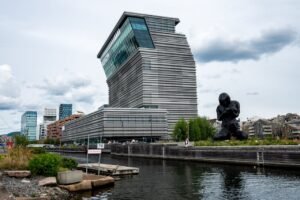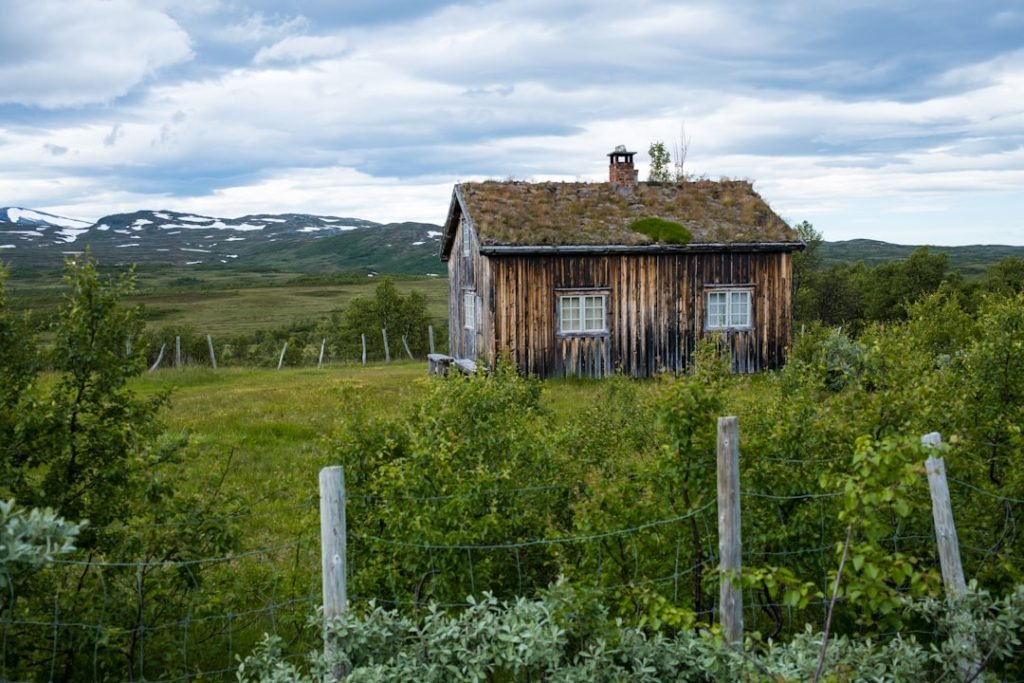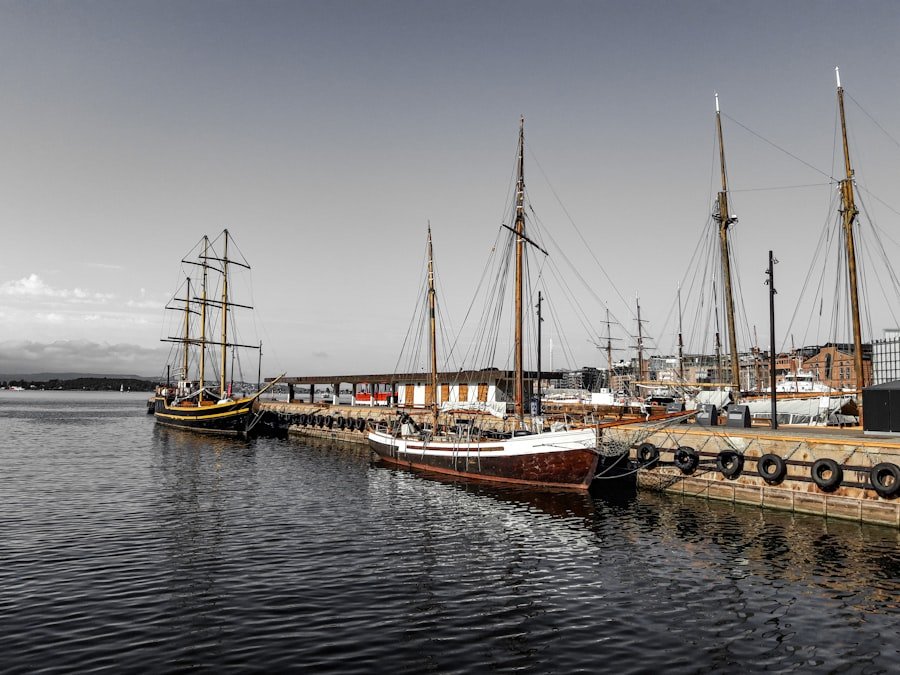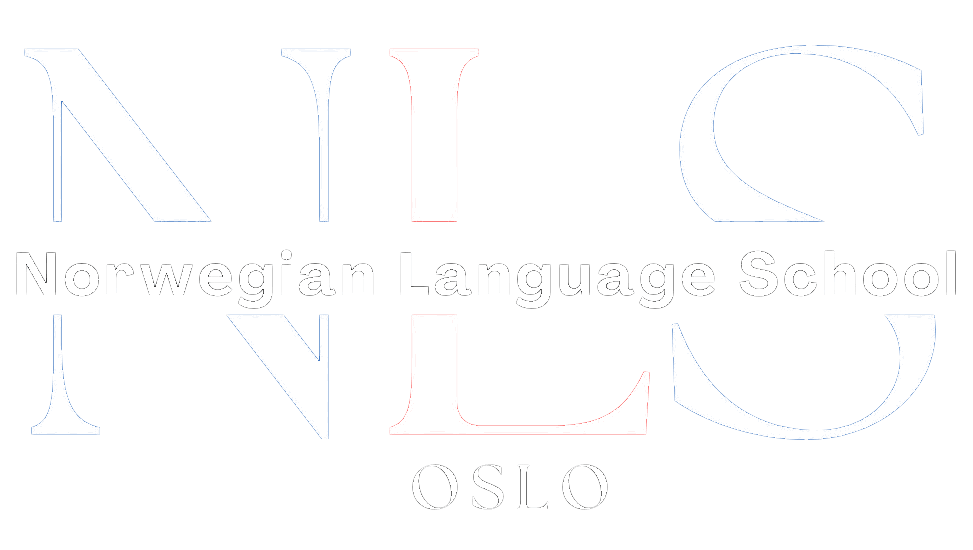

Understanding Norwegian Culture: Basic Norwegian Phrases and Cultural Vocabulary Insights
Norway, officially known as the Kingdom of Norway, is a country located in Northern Europe. It is known for its stunning natural landscapes, including fjords, mountains, and the famous Northern Lights. The history of Norway dates back thousands of years, with evidence of human settlement as early as 10,000 BC. Throughout its history, Norway has been influenced by various cultures and civilizations, including the Vikings and the Sami people.
Norwegian culture is characterized by a strong sense of community and equality. Norwegians value honesty, integrity, and respect for others. They have a deep appreciation for nature and outdoor activities, which is reflected in their love for hiking, skiing, and other outdoor sports. The concept of “friluftsliv,” or open-air living, is deeply ingrained in Norwegian culture.
Table of Contents
ToggleBasic Norwegian Phrases for Everyday Communication
If you’re planning to visit Norway or interact with Norwegians, it’s helpful to know some basic Norwegian phrases for everyday communication. Here are a few essential phrases to get you started:
Greetings and introductions:
– Hei (Hi) – Hello
– God morgen (Good morning)
– God dag (Good day)
– Ha det bra (Goodbye)
– Hva heter du? (What’s your name?)
– Jeg heter… (My name is…)
Common phrases for shopping and dining:
– Hvor er nærmeste butikk? (Where is the nearest store?)
– Kan jeg få en kopp kaffe? (Can I have a cup of coffee?)
– Hva anbefaler du? (What do you recommend?)
– Kan jeg få regningen? (Can I have the bill?)
Asking for directions:
– Unnskyld meg, hvor er…? (Excuse me, where is…?)
– Går jeg riktig vei? (Am I going the right way?)
– Takk for hjelpen (Thank you for your help)
Understanding Norwegian Pronunciation and Accent
Norwegian pronunciation can be a bit challenging for non-native speakers, but with some practice, it can be mastered. Norwegian has several unique sounds that may not exist in other languages. Here are a few tips to help you improve your Norwegian pronunciation:
– Pay attention to vowel sounds: Norwegian has three different vowel sounds, represented by the letters “a,” “e,” and “o.” These sounds can vary depending on the word and context, so it’s important to listen carefully and practice.
– Master the “r” sound: The Norwegian “r” sound is quite different from the English “r.” It is pronounced with a rolling or trilling sound, similar to the Spanish “rr.”
– Practice intonation: Norwegian has a distinctive intonation pattern, with a rising pitch at the end of sentences. Pay attention to this pattern and try to mimic it when speaking.
To improve your Norwegian accent, it’s helpful to listen to native speakers and practice speaking aloud. You can also use language learning apps or online resources that provide audio recordings and pronunciation exercises.
Cultural Vocabulary Insights: Social Customs and Traditions
Norwegian social customs and traditions play an important role in shaping the country’s culture. Here are some common Norwegian vocabulary words related to social customs and traditions:
– Fika: This Swedish word has become popular in Norway as well. It refers to taking a break with coffee and pastries, often with friends or colleagues.
– Dugnad: Dugnad is a Norwegian tradition of community volunteering. It involves neighbors coming together to help each other with tasks such as cleaning, gardening, or painting.
– Koselig: Koselig is a word that describes a cozy and warm atmosphere. Norwegians value creating a koselig environment in their homes, especially during the long winter months.
– Påske: Påske is the Norwegian word for Easter. Norwegians celebrate Easter with various traditions, including decorating eggs, going on ski trips, and enjoying traditional Easter food.
– Julebord: Julebord is a Christmas party held by companies and organizations in Norway. It usually involves a festive meal, drinks, and entertainment.
By using these words in context, you can gain a deeper understanding of Norwegian social customs and traditions.
Norwegian Cuisine: Food and Dining Culture
Norwegian cuisine is influenced by the country’s geography and climate. Seafood, particularly salmon and cod, is a staple in Norwegian cuisine. Other popular ingredients include potatoes, berries, and dairy products. Here are some popular Norwegian dishes:
– Lutefisk: Lutefisk is a traditional Norwegian dish made from dried whitefish that has been soaked in lye. It is typically served with boiled potatoes, peas, and bacon.
– Rakfisk: Rakfisk is a fermented fish dish that is popular in Norway. It is made by fermenting freshwater fish, such as trout or char, for several months. It is often served with flatbread and sour cream.
– Krumkake: Krumkake is a traditional Norwegian waffle cookie that is rolled into a cone shape. It is often filled with whipped cream or other sweet fillings.
When dining in Norway, it’s important to observe proper etiquette. Norwegians value punctuality and appreciate when guests arrive on time for meals. It’s also customary to wait for the host to begin eating before starting your meal. Tipping is not mandatory in Norway, as service charges are usually included in the bill.
Norwegian Holidays and Festivals: Celebrations and Traditions

Norway celebrates several holidays and festivals throughout the year. Here are some popular celebrations and traditions:
– Syttende Mai: Syttende Mai, or Constitution Day, is Norway’s national day. It is celebrated on May 17th and commemorates the signing of the Norwegian Constitution in 1814. Norwegians celebrate with parades, traditional costumes, and festive food.
– Midsummer: Midsummer, or St. John’s Eve, is celebrated on June 23rd. It marks the summer solstice and is a time for bonfires, music, and dancing.
– Julebukk: Julebukk is a Christmas tradition in Norway. Children dress up in costumes and go door-to-door, singing Christmas carols and receiving treats.
– St. Lucia Day: St. Lucia Day is celebrated on December 13th and marks the beginning of the Christmas season in Norway. It is a festival of light, with processions of girls wearing white dresses and candles on their heads.
During these holidays and festivals, Norwegians come together to celebrate their culture and traditions. It’s a time for family gatherings, delicious food, and joyful festivities.
Norwegian Arts and Literature: Appreciating the Cultural Heritage
Norway has a rich cultural heritage in the arts and literature. From famous painters to renowned writers, Norwegian artists have made significant contributions to the world of art and literature. Here are a few notable figures:
– Edvard Munch: Edvard Munch is one of Norway’s most famous painters. His iconic painting “The Scream” is recognized worldwide and has become a symbol of existential angst.
– Henrik Ibsen: Henrik Ibsen is considered one of the greatest playwrights in history. His plays, such as “A Doll’s House” and “Hedda Gabler,” explore themes of social criticism and individual freedom.
– Knut Hamsun: Knut Hamsun was a Nobel Prize-winning author known for his novel “Hunger.” His works often delve into the complexities of human psychology and the human condition.
To appreciate Norwegian art and literature, you can visit museums and galleries that showcase the works of Norwegian artists. You can also read translated works of Norwegian literature to gain insight into the country’s cultural heritage.
Norwegian Sports and Recreation: Popular Activities and Leisure Time
Norwegians have a strong affinity for outdoor activities and sports. The country’s stunning natural landscapes provide ample opportunities for hiking, skiing, fishing, and other outdoor pursuits. Here are some popular Norwegian sports and activities:
– Skiing: Norway is known for its excellent skiing conditions, with numerous ski resorts throughout the country. Cross-country skiing is particularly popular, with many Norwegians participating in ski races and competitions.
– Hiking: With its vast network of trails and national parks, Norway offers endless opportunities for hiking. From challenging mountain hikes to leisurely walks along the coast, there is something for everyone.
– Fishing: Norway’s rivers, lakes, and fjords are teeming with fish, making it a paradise for fishing enthusiasts. Whether you prefer freshwater or saltwater fishing, Norway has plenty to offer.
In their leisure time, Norwegians prioritize spending time outdoors and connecting with nature. They believe in the concept of “friluftsliv,” which emphasizes the importance of being in nature for physical and mental well-being.
Norwegian Work Culture: Professional Etiquette and Business Practices
Norwegian work culture is characterized by a flat hierarchy, open communication, and a focus on work-life balance. Here are some key aspects of Norwegian work culture:
– Equality: Norwegians value equality in the workplace and expect everyone to be treated with respect and fairness. Hierarchies are relatively flat, and decision-making is often collaborative.
– Work-life balance: Norwegians prioritize their personal lives and value a healthy work-life balance. They believe in working efficiently during office hours and leaving work on time.
– Direct communication: Norwegians value direct and honest communication. They appreciate when colleagues express their opinions openly and provide constructive feedback.
When doing business in Norway, it’s important to be punctual for meetings and appointments. Norwegians appreciate when others come prepared and are knowledgeable about the topic at hand. It’s also customary to shake hands when greeting someone in a professional setting.
Norwegian Values and Beliefs: Insights into the National Identity
Norwegian culture is shaped by a set of values and beliefs that are deeply ingrained in society. Here are some key values and beliefs that define the Norwegian national identity:
– Equality: Norwegians believe in equality for all individuals, regardless of gender, race, or social status. They strive to create a society that is fair and inclusive.
– Sustainability: Norwegians have a strong commitment to environmental sustainability. They prioritize renewable energy, recycling, and conservation efforts.
– Social welfare: Norway has a comprehensive social welfare system that provides healthcare, education, and other social benefits to its citizens. Norwegians value the importance of taking care of one another.
These values and beliefs are reflected in the way Norwegians live their daily lives. They prioritize the well-being of individuals and the community as a whole, creating a society that is known for its high quality of life.
In conclusion, Norwegian culture is rich and diverse, with a deep appreciation for nature, equality, and community. By understanding the history, language, customs, and traditions of Norway, you can gain a deeper appreciation for this fascinating country and its people. Whether you’re planning to visit Norway or simply want to learn more about its culture, exploring these different aspects will provide you with valuable insights into Norwegian society.
If you’re interested in expanding your knowledge of Norwegian culture and language, you may also find the article “Basic Norwegian Phrases and Cultural Vocabulary Insights” helpful. This article provides a comprehensive guide to understanding Norwegian culture and includes essential phrases and vocabulary that will help you navigate daily life in Norway. Whether you’re planning a trip or simply want to learn more about this fascinating country, this article is a valuable resource. Check it out here.

Norwegian A1-A2
Course Overview The Norwegian A1-A2 course is an online program focused on teaching essential Norwegian grammar and vocabulary. It includes a variety of materials and topics, with opportunities to interact with a Norwegian teacher entirely online. Curriculum Highlights The course covers key areas such as grammar and vocabulary and topics such as family, daily life, education, work, traditions, and leisure activities. Who Should Enroll? This course is perfect for beginners or those at the A1 or A2 levels who want to improve their Norwegian skills. What You Get Access to the full Norwegian A1-A2 course. A monthly 1-hour online conversation with a teacher. Many written and oral assignments. Comprehensive information on Norwegian grammar, Norwegian vocabulary and how to use them, important sentence structures, etc. Tips on additional resources to further enhance your Norwegian learning.
0 students enrolled
Last updated Dec 10th, 2024
If you want to learn Norwegian, you can register for classes here. We look forward to hearing from you and helping you become fluent in Norwegian.






